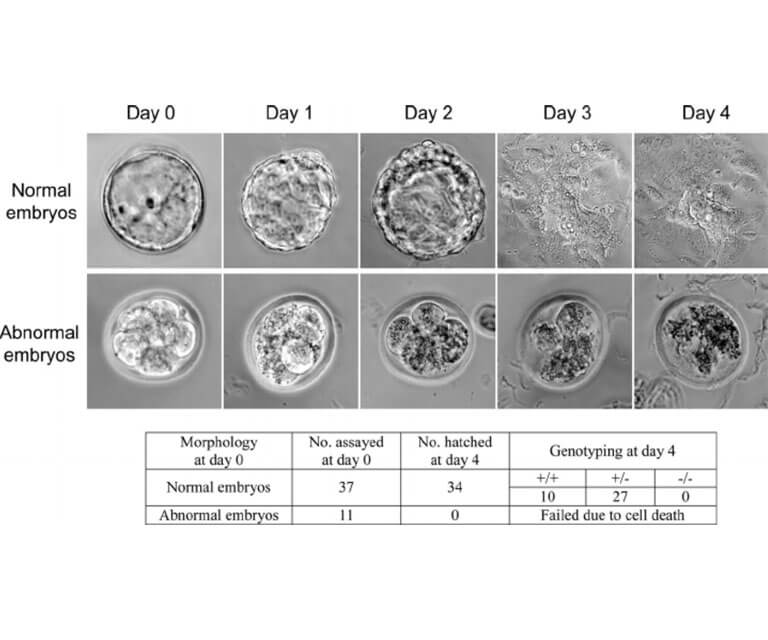IVF Doctor talk about embryo quality and how significant it is to the entire process. What, precisely, makes an embryo “good” or “bad”? How do embryologists decide which embryos are the best ones to transfer? Can embryo quality be influenced by the patient?
Answer from Dr. Nirmal Bhasin(Founder Jannee Fertility Centre). Dr. Nirmal Bhasin, MD, is a clinical embryologist and an IVF/ICSI Specialist. With over 18 years of experience in the field of fertility.
Embryo quality could be assessed by morphological parameters, as well as the timing of the cell division. Morphological parameters include the number of cells, as well as period specificity, division, and others. This grading system is normally used until the embryo reaches the third day of its development.
On day four, the cells within the embryo undergo compaction, which we can also use to determine the embryo’s overall quality. On day five, when the embryo reaches the blastocyst stage, we use a different grading system based on the blastocyst expansion rate, and its hatching status. We measure the inner cell mass and the quality of the trophectoderm. The expansion of the blastocyst can be measured by examining the cavity of the embryo, which could be small, full or expanded; or, if we see the blastocyst expand past – hatch out of – the zona pellucida, which indicates that it reached or is reaching the final stage of its development. The same grading system is used for the trophectoderm, which later on becomes the placenta; we evaluate how many cells it consists of and how compacted the cells are. Evaluating embryos by the timing of the cell division requires a special time-lapse incubator. Using this approach, we are able to record the entirety of the embryo’s development, which gives us data that is then fed into software which can help determine the embryos with the best potential for implantation.
Dr. Nirmal Bhasin Says.” The major reason why an IVF cycle is not successful is embryo quality. Several embryos are not able to implant after transfer to the uterus because they are imperfect in some way. Some embryos that look perfect in the lab may have defects that cause them to die instead of growing. In nearly all cases, it’s not that your uterus has something wrong with it so you can’t carry a baby. The embryo not able to implant because it is not healthy adequate to grow”


© 2022 Jannee Fertility Centre. All Rights Reserved.
Designed by AMS Informatics